► Yes, you do say ‘Hashtag One’
► 268bhp Smart #1 or 422bhp Brabus version
► We drive both, and like one
Let’s face it. Smart has been a babe in the woods where the electric car has been concerned. Despite the ForTwo having electric power options for the last 16 years and receiving many a generational update (including with help from Tesla) the EQ models on sale today are rubbish.
While they still fit in with the ethos of the Smart being small and easy to park, the electric range is pitiful and the pricing punitive. Wade through the disappointment of the last decade or so and you’ll discover the company was subject to a 50% buyout from Geely in 2019, so the company is now 50% Mercedes and 50% Geely.
The #1 (pronounced hashtag one) is the first offspring of this joint venture. Many an enthusiast has taken to social media to offer their tired two pence (usually a quip along the lines of: ‘iT doEsNt lOok 2 Smartt to me’) but finally we have an electric Smart that actually works as a mode of transport.

At 4300mm long, the Smart #1 is the same size as a Mini Countryman, a car considered a key competitor. It also shares Geely’s scalable EV architecture with the likes of the Volvo EX30 and Zeekr X.
Mercedes’ design team has tried to keep some of the joie de vivre of the original Smart brand: bold designs, bright colours and even some technical detail. Study the spec carefully, and you’ll see familiar features such as a rear-mounted motor driving the back wheels.
Range and charging
Thankfully you won’t find an eyebrow-raisingly short range as with the previous Smart electric cars that soldier on for the moment. All Smart #1 models get a 66kWh battery pack that’ll provide up to 273 miles on the WLTP cycle on rear-wheel drive models, and 248 miles on the four-wheel drive Brabus.
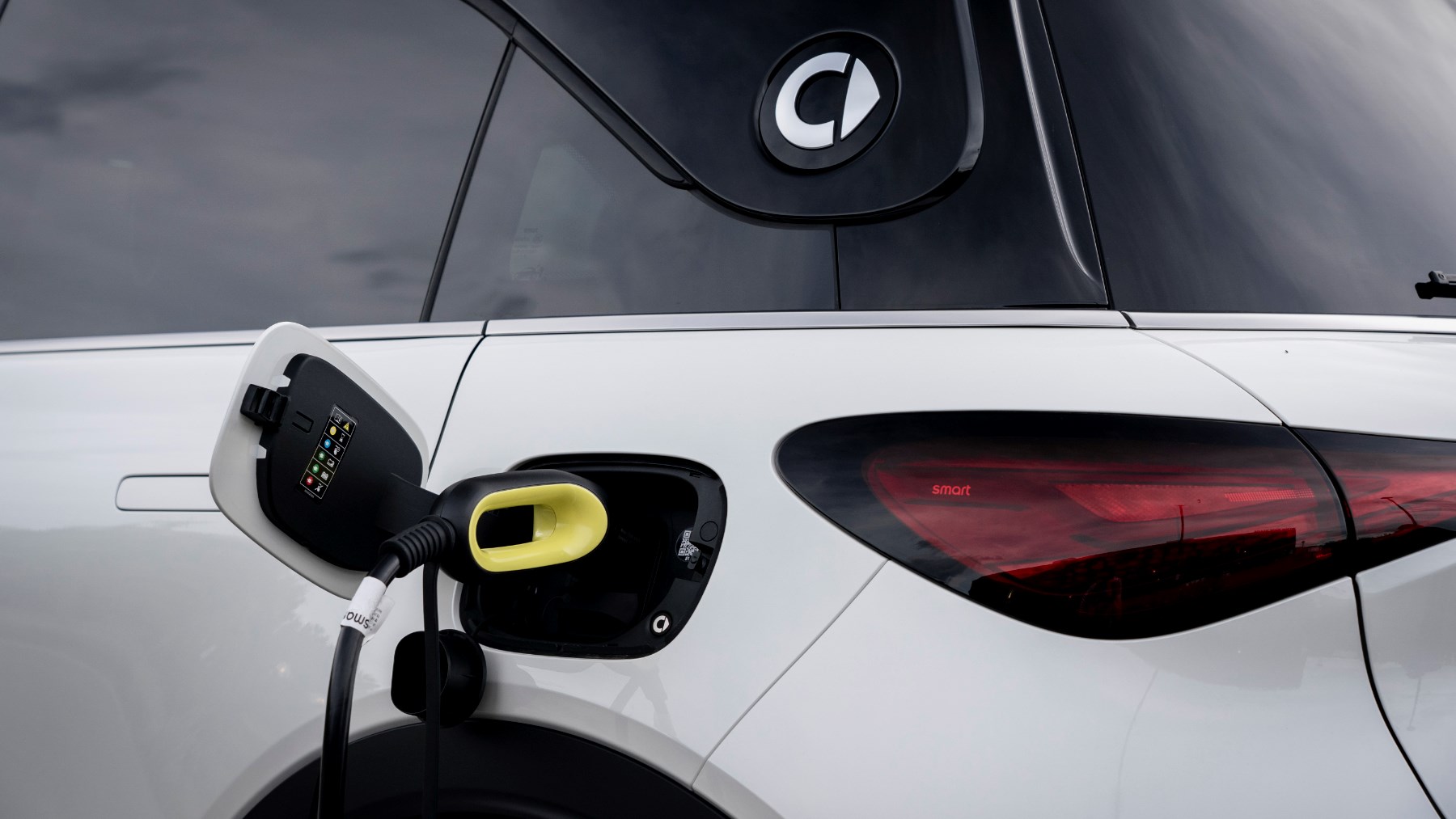
All versions will accept up to 150kW from a CCS-plugged rapid charger to give a sub-30 minute 10%-80% charging time, while your standard 7.4kW wallbox will manage the same feat in around seven-and-a-half hours. Mid-range models and above can also benefit from three-phase 22kW AC charging using a Type 2 plug, dropping the time down to less than three hours.
Hold on, a four-wheel drive Brabus Smart #1?
That’s right: Brabus is back. While the regular rear-wheel drive #1 gets a single motor for the back axle producing a not inconsiderable 268bhp, the Brabus adds another 154bhp motor for the front. Add them together and you get a 422bhp Smart. Blimey.
Not that 268bhp is to be sniffed at. Even the standard model will crack 0-62mph in a Fiesta ST-bothering 6.7 seconds. The Brabus? 3.9 seconds, or enough to seriously annoy a Lamborghini Urus, itself only 0.2 seconds faster and even then with launch control activated.

Well, you do get a revised front suspension system to deal with the added weight of the additional e-motor and a Brabus driving mode to unleash all 422bhp, but that’s about it. That’s right, you get the same size wheel, tyre, brakes (gulp) and the suspension is tuned to replicate the comfort of the standard Smart #1.
Looking past the mechanicals you of course get a unique style of alloy wheel, more aggressive bumpers, a roof spoiler, and all the Brabus logos you could ever need. Inside there’s an Alcantara steering wheel, microfibre inserts on the seats and some flashy stainless steel pedals.
Drive time
Slipping around Britain’s busy streetscapes in the single-motor model is a painless affair thanks to a well-judged single pedal mode that requires rare use of the brakes, a quiet motor and steering that’s well-weighted and precise if you avoid its lightest mode.
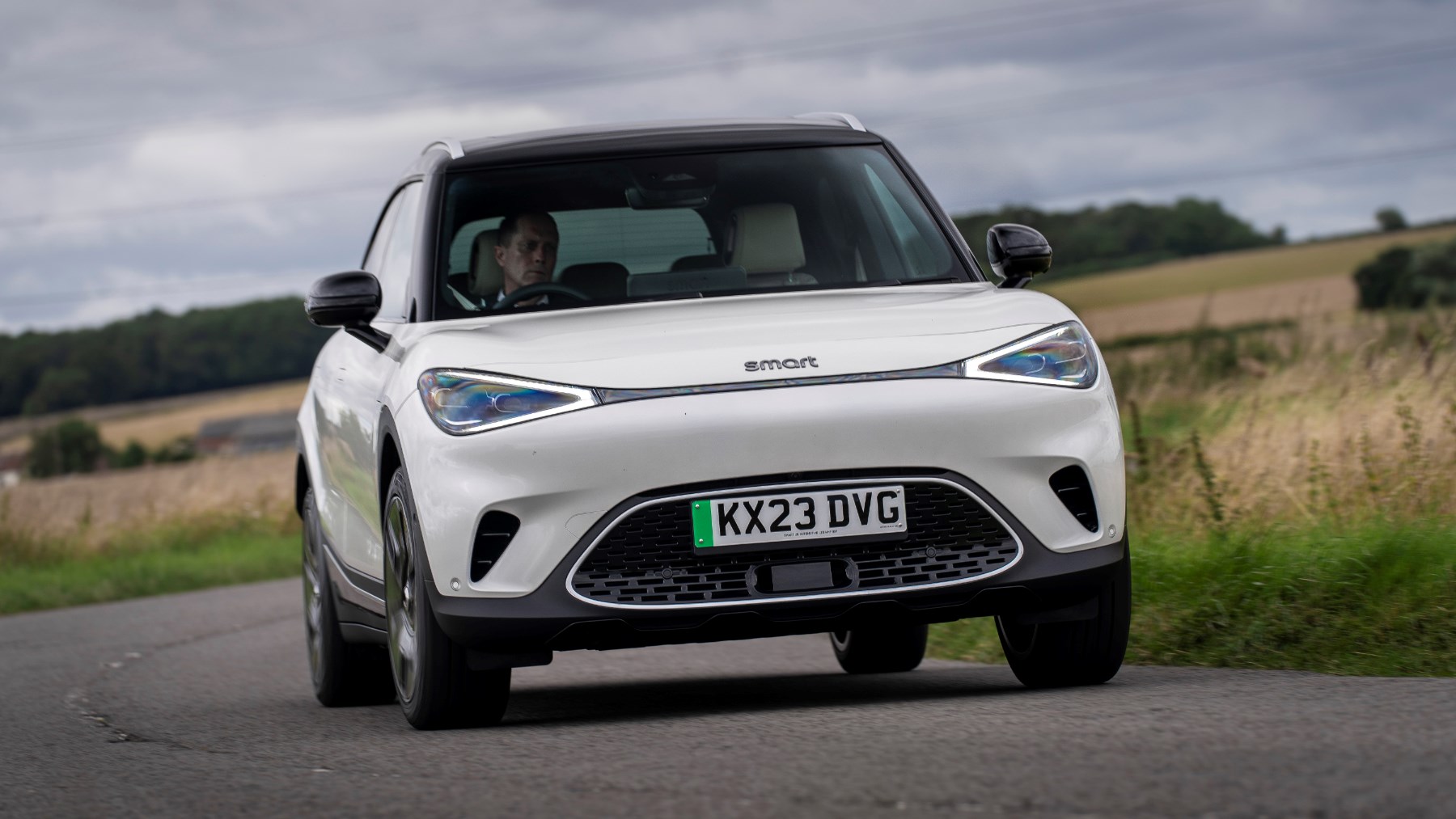
A firmer squeeze of the accelerator pedal reveals more than enough acceleration for the urban cut and thrust, the #1 sprinting away from the lights without any traction issues. The suspension is clearly set up for compliance, delivering a comfortable ride with a slightly thumpy edge over potholes and broken surfaces.
Part of that is suspension noise, although the 19-inch wheels won’t be helping with initial bump absorption. We’ve now driven the Smart #1 in Portugal and the UK and can confirm the set-up in the standard car works well over here. This is a compliant, comfort-oriented small crossover.
As we head onto the motorway, wind and road noise are well contained and the ride settles down even more, proving a long-distance drive needn’t be too taxing. Helping here is a standard suite of driver aids including adaptive cruise control, lane centring, blindspot monitoring and lane change assist. It’s a system that works well in assisting the driver, although you do need to occasionally chip in with a steering input or two.
Adjusting anything via the massive infotainment screen (more of which can be read about below) will result in the driver attention monitor bonging away. This is deeply irritating.
Is it fun?
The steering provides sensations of the road’s surface to your fingers, weighting up pleasingly as you press the Smart’s nose harder into a bend. Roll is acceptable and traction good, although it’s not too hard to get the ESC stability control’s light flickering.
Lessen the electronic intervention in the touchscreen’s menu and you can mobilise the tail to a degree, although too much angle will result in cut power and some brake intervention.
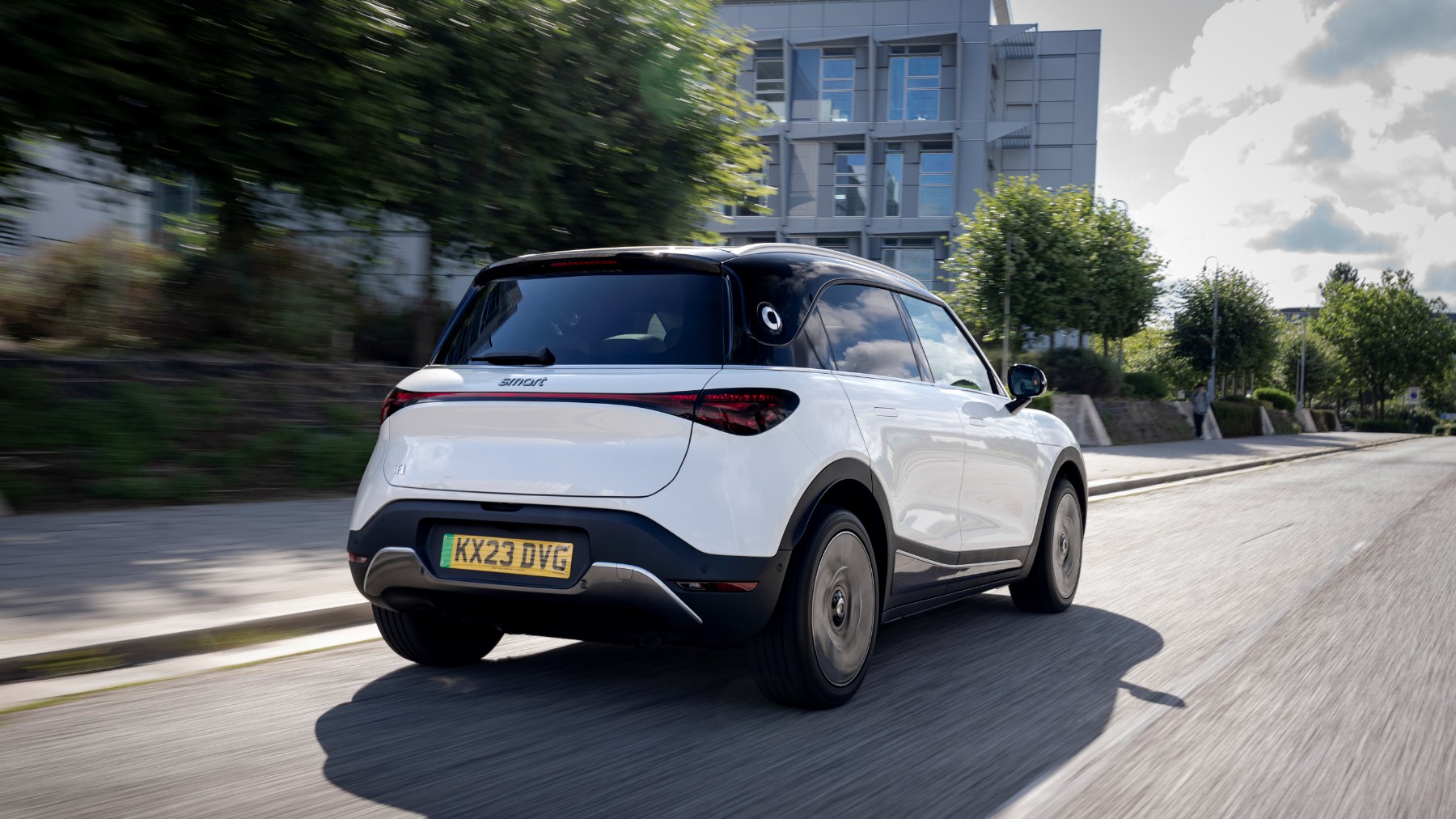
It’s good fun in the twisty, low-speed stuff, but faster roads reveal the car’s heft. Damping that is good for comfort doesn’t help contain 1800kg of small SUV over mid-corner crests or compressions, and neither does it instil an agile feel when flicking left-right-left through a series of bends.
With single-pedal mode off, reliance on the brake pedal reveals a long travel but sufficient stopping power. It’s capable of punting along at a fair old rate yet prefers a slightly slower pace of life.
And the 422bhp Brabus?
Drive the Brabus version in a normal, steady fashion and you’re unlikely to ever know the difference between it and the standard model, except for the modest styling pack you can see. That is unless you encountered conditions where the twin-motor four-wheel drive system proved favourable.
You select Brabus mode using a touch-sensitive shortcut icon under the infotainment screen to release the full 422bhp and add a bit of, but not too much, heft to the steering. In a straight line, things are peachy. Punch the throttle from a standstill and it just grips and goes, with the motor’s full power seemingly limited over the first few mph.
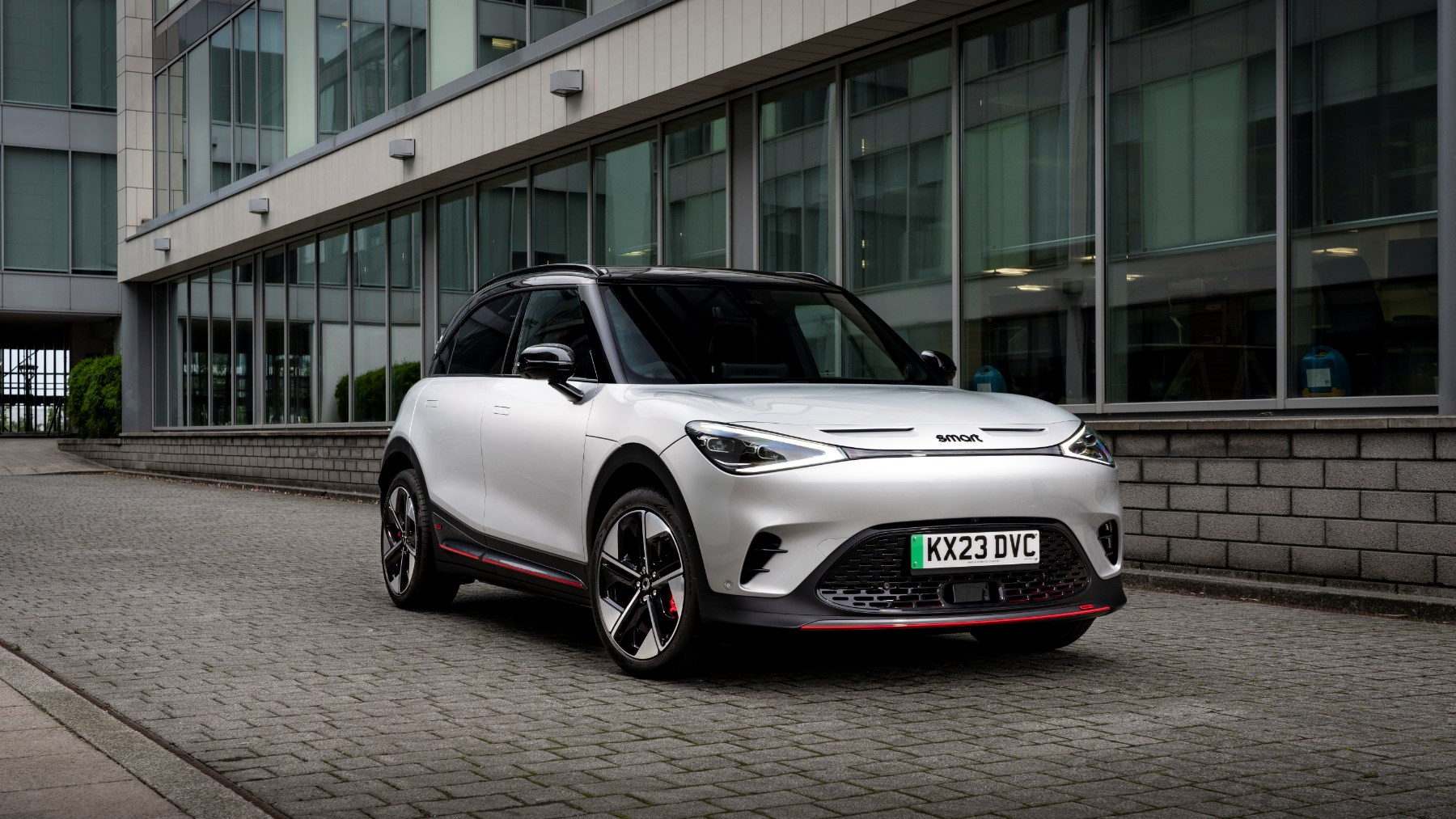
Acceleration is certainly strong, although that just means you reach speeds where the chassis starts to feel uncomfortable sooner, and then push way past that point. The loose body control starts to make the car pitch and heave unpleasantly and that long brake pedal doesn’t give much confidence when you’re travelling so much faster.
Traction isn’t too much of an issue with the front motor helping drag the car out of bends, although it does dampen the enjoyable balance of the standard car. It’s much easier to get the Brabus understeering although there is still a rear bias to the drive. It does understeer and oversteer and it’s often difficult to quite determine which it’s going to do. It’s somewhat a one one-trick pony. A Cupra Born is a more agile thing.
What about the interior?
Smart claims the #1 is comparable to an E-Class in terms of interior space. Before you scoff, there is merit to those boasts. It’s by no means a narrow car and a six-foot plus rear seat passenger will have both head and legroom to spare behind a similarly sized driver.
Practicality is boosted by a sliding and reclining rear bench with ski flap, making up for it being a 60/40 rather than 40/20/40 split.

It’s a good thing the rear bench slides forwards, though. Entry-level Pro+ models get a meagre 323 litres of bootspace, including a cubby under the non-height adjustable but removable boot floor.
This is slashed by another 10 litres in higher trims on account of the Beats sound system’s subwoofer, meaning you’ll need to make the most of the moveable bench if you’re squeezing in the accoutrements of family life. At least there are plenty of cubbies and storage solutions in the front and rear seating areas.
The stingy boot and slightly perched-feeling driving position are about the only bad news here. Interior quality impresses with lots of plush plastics and solid build that gives the Countryman a run for its money and knocks the ID.3 and Cupra Born into a cocked charging bag.
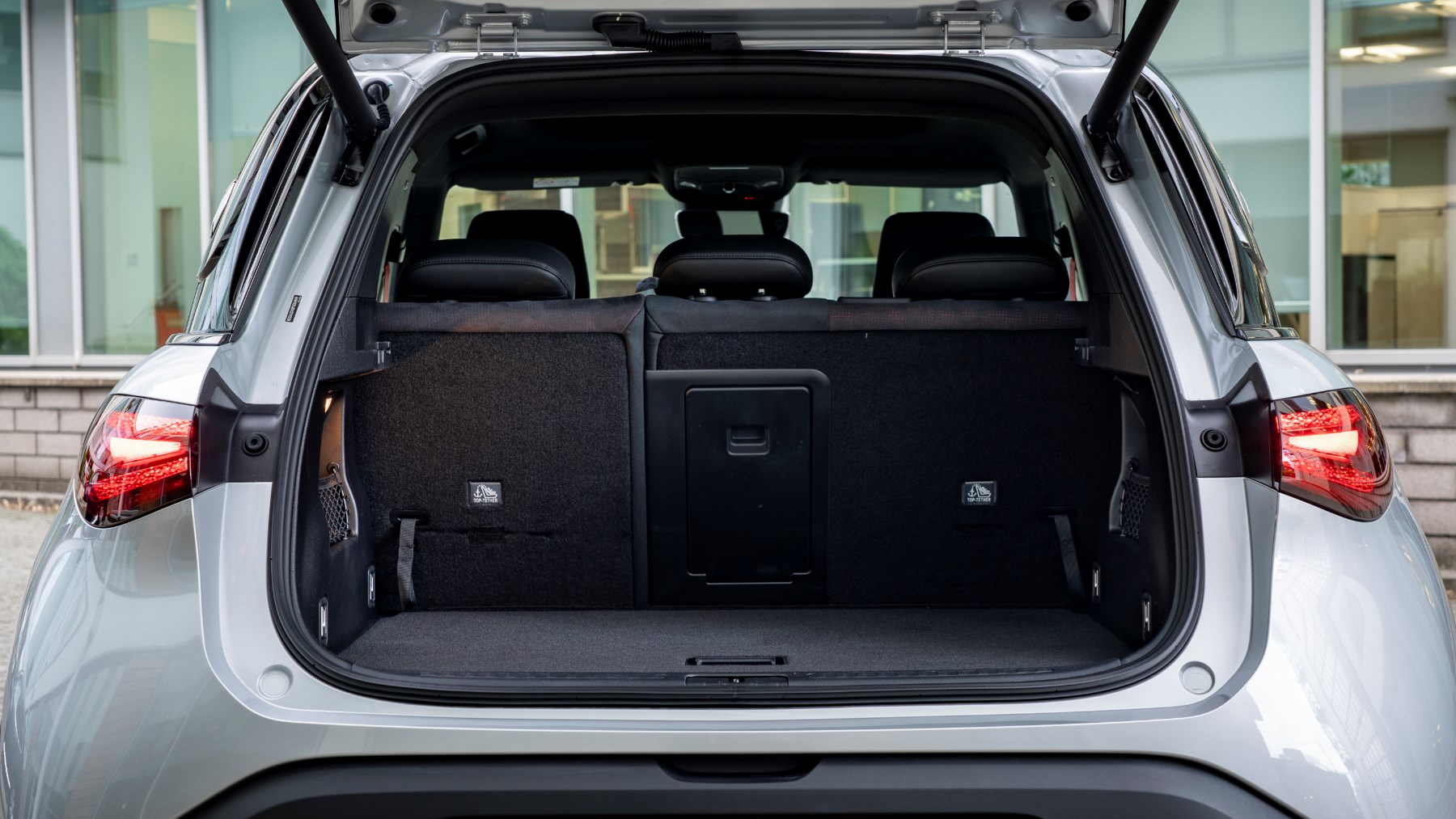
The 9.2-inch touchscreen infotainment system requires some familiarisation best done when stationary yet proves easy enough to use once you’ve got used to the computer game-like graphics with a spinning world and quite adorable fox avatar representing the voice control system.
Android Auto and Apple CarPlay will be available as a software update. A head-up display on all but Pro+ makes up for the digital driver’s display being on the small side – think Renault Zoe.
Smart #1: verdict
Priced from £35,950, the Smart #1 is bang on the money in the junior crossover EV marketplace. Whichever trim you go for, there’s loads of standard kit including two-zone climate control, LED headlights, electrically adjustable heated front seats and a powered tailgate.
With that in mind, we’d give the £43,450 #1 Brabus a hard pass on account of its sloppy handling and high price, and instead stick to one of the rear-wheel drive models. Driven within its comfort zone it’s a fine addition to the small SUV class with an appealing and spacious interior that makes up for its small boot with flexible rear seating.
It might not be a Smart as you know it, but it’s the company’s most convincing car yet.